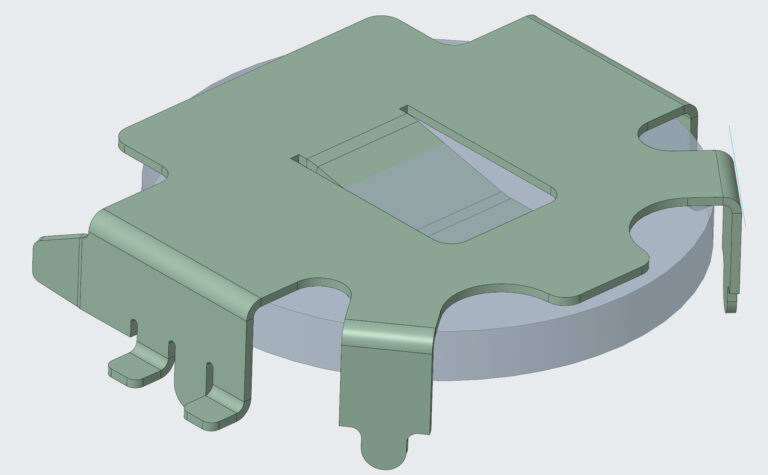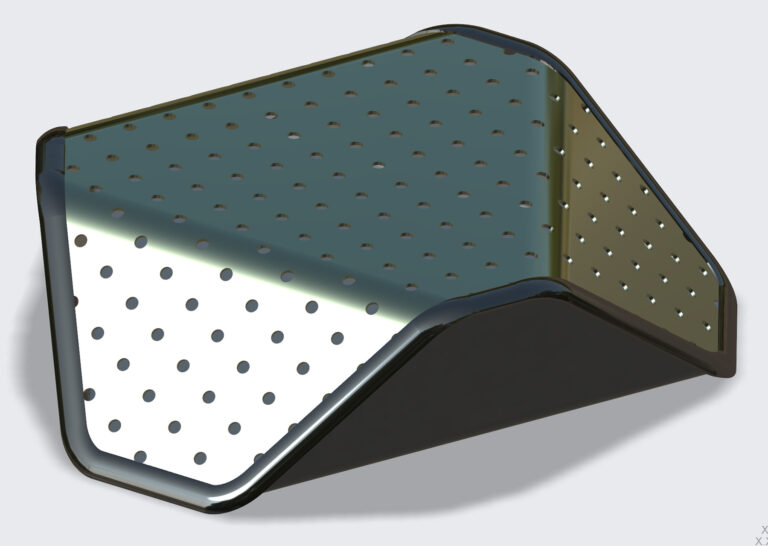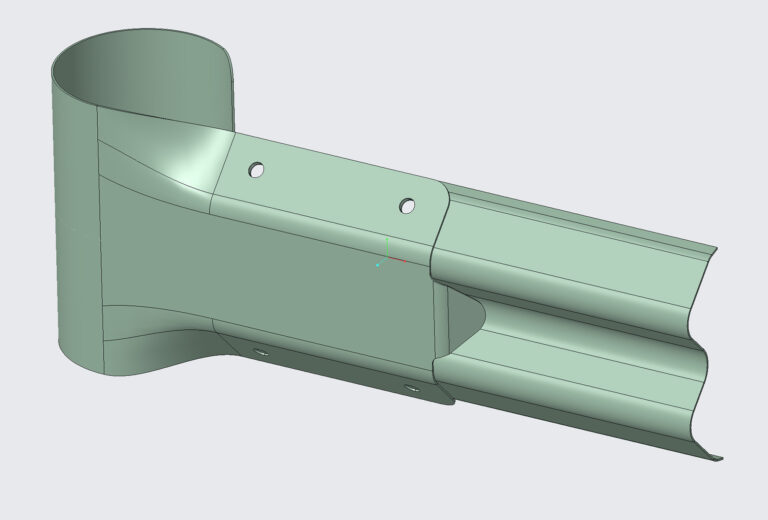Creo Sheetmetal Training
Creo Sheetmetal Training Description
Creo Sheet Metal allows flexibility in design. Changes are made and updated parametrically throughout the entire design process. This comprehensive suite of Creo sheet metal design tools helps users create features such as walls, bends, punches, notches, forms, and relief features. Using a variety of Y and K factor bend allowance calculations, designers can create flat patterns of the designs. The result is parametric, fully-associative solid models of sheet metal parts and assemblies. Participants have the option to customize this course to fit project requirements. Seasoned sheet metal users should consider our Mastering Sheet Metal training intensive. Your team can also opt for a customized full week of Creo Sheet metal training. Fill out the registration form now

Creo Sheetmetal Training Topics

- Basics of Creo Sheet metal
- Flat & Flange walls
- Discuss designing sheet metal parts
- Bends, Extruded and Swept walls *Flange
- Reliefs, no Relief, Stretch, Rip, Rect, Obround
- Rips & Hems
- Bend, Unbend, and Bend-back
- Form features and making drawings with flattened geometries
- Y & K Factor
- Muliti Body use with Sheet metal
Duration & Cost
16 hours = $1650 per student
32 hours = $2250 per student
40 hours = $2800 per student
For corporate rates, please call (312)226-8339
Prerequisites
400 hours minimum experience with Creo and a willingness to learn.
Sheetmetal Training Projects
- Layout and develop Aluminum bracket then add a Flat State instance for the detailed drawing
- Build another bracket with bends and extruded walls, with a variety of challenges
- Model a dust cover for back of the computer using stamp and form features
- Create multiple parts that lock together in a sheet metal computer power supply
- Convert an enclosure to sheet metal from a solid geometry
- Several brackets, deep drawn form, and a combination
- Curriculum can be combined with Creo Surfacing tools for automobile sheet metal functions or for smaller battery contacts to mating components, such as sheet metal boxes to house a computer power supply

Creo sheetmetal training Discussions

- Working with SendCutSend or Xometry can sometimes be challenging, especially when the auto-quoting system doesn’t explain why a submission is rejected. We provide techniques to systematically identify the issues and offer practical solutions.
- Discuss the differences between Creo thin features and Creo Sheet Metal
- Flatten out the part to visualize design and manufacturing needs
- Make Drawings of the sheet metal part, incorporating Dimensions, Bend Order tables, Flat Patterns & fully designed parts
- Discuss the order of feature creation
- Discuss a wide variety of conversion tools
- Discuss why rips are important with respect to stretching
- Discuss warn out tooling and how to compensate using Bend Tables
- Creo IGES & STEP imports and converting those files into a Sheet Metal part in order to flatten
- Manage the flattened state with various techniques
- Discuss modeling techniques such as starting out with non-sheet metal models and converting to sheet metal later to take advantage of shell features
- Flexible modeling with respect to Sheet Metal
- Use of top-down design to manage the fit of multiple sheet metal housings.
Video Training Delivery System
Ask your Design Engine account manager about our Training Delivery System(TDS), an easy-to-follow guide for designers and engineers who want a supplement to this course.
